The internet is forever. When you put something out there, it can easily be re-shared, floating from server to server indefinitely with no way of taking it back. It's a scary thought when you consider that a young adult's grandchildren will one day have access to their drunken party pics.
The best method of avoiding the disastrous ripple effects that can come from such an unforgiving internet is to always think before you post, comment, or share. But for those of us who aren't terribly vigilant in this regard, there's always DSTRUX—a secure, self-destructing file-sharing system for email and Facebook.
With an app for both Android and iOS, DSTRUX brings secure file sharing to the vast majority of smartphone users. These files can't be forwarded unless you want them to be, nor can they be downloaded or captured in any way. So you can rest assured that your photos and notes will only be viewed by their intended recipient, and only for the amount of time you set.
Step 1: Install DSTRUX
DSTRUX is available for free on iTunes and Google Play. Search the app by name to get it installed, or head directly to the install pages for iOS or Android.

Step 2: Create an Account
Before you can use DSTRUX, you'll have to create an account. You can sign in with your Facebook credentials, but if you want to use your email address for signup, tap the "Register Today For Free" link. From here, provide your email address and choose a password with uppercase and lowercase letters and numbers.
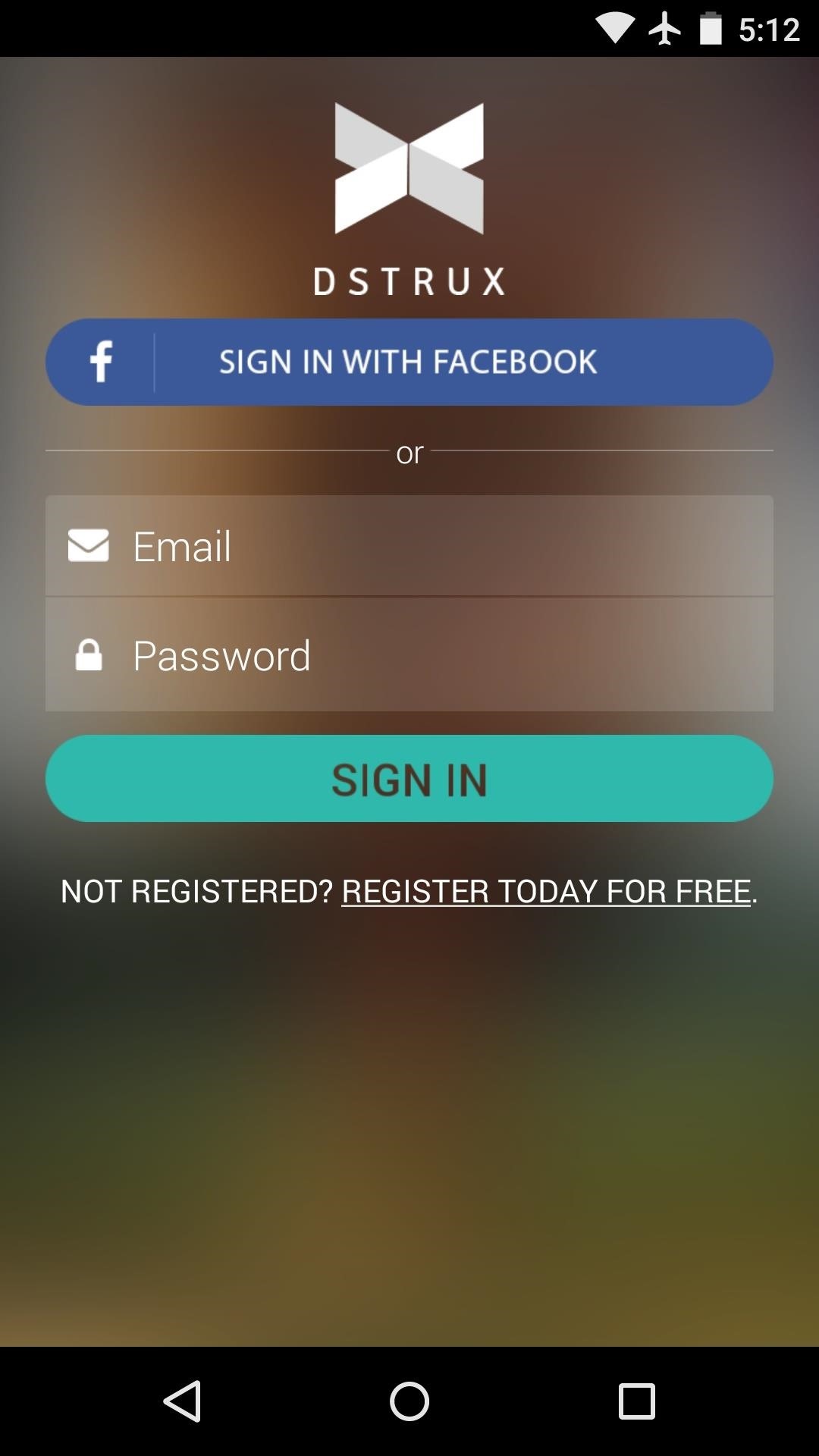

If you go the email route, you'll have to follow the link in the account activation email that DSTRUX will send you.
Step 3: Send a Self-Destructing File or Note
From DSTRUX's main menu, tap one of the buttons at the top of the screen to send a note or file. Both types of media are self-destructing and will be encrypted while stored on the DSTRUX servers.


From here, select your photo, then type in the recipient's email address. You can also use the Facebook tab if you'd like to share a link through that service.



Once you've chosen your recipient, tap the forward arrow in the top-right corner and you'll be taken to the sharing options menu.


From here, use the slider to adjust the amount of time you'd like the file to be accessible to your recipient. After this time expires, the file will be deleted from the DSTRUX servers and will vanish from the internet forever.
You can also opt to blur the image, which will make only portions of the photo visible to the recipient when they place their finger over the image. By disallowing forwarding, the recipient will not be able to share your picture with anyone else.


With that all squared away, you can type in a description if you'd like. But when everything's adjusted to your liking, go ahead and tap the "Send" button.
Step 4: View a DSTRUX Image or Note
On the other end, the recipient will be given a link to view your file. Since web browsers can be modified to allow for downloading of images and copying of text, this link will forward them to the DSTRUX install page on their device's respective app store. Once they install the app and use it to open your file, you will receive a notification informing you of this activity.


DSTRUX doesn't allow direct downloads, and it prevents the recipient from taking screenshots of your image. If you opted to blur your image, they'll have to move their finger across the screen to expose portions of your photo. A small window will allow them to see only parts of the picture at a given time.


Once your time limit has been reached, the recipient will no longer be able to view your photo, and the file will be deleted from the DSTRUX servers permanently.
Things to Come
We spoke to DSTRUX's Founder and CEO Nathan Hecht for some insight into what's coming next. Among increased refinement to the apps, the service will soon allow you to generate secure links, allowing content to be shared across a multitude of mediums, like SMS, Twitter, and the like.
Additionally, the company is set to announce a solution to safely and legally share DRM-protected content, including video, the details of which are still under wraps. Look for this new functionality to be rolled out in the coming weeks.
Finally, when asked whether the service will remain free, I received an emphatic "Yes!" There may be a paid, or premium, version rolled out in the future, but that will mainly be more medium-sized business sharing thousands of files a day. DSTRUX will remain free for individuals.
With this level of security, you can safely share images and thoughts without worrying about things coming back to haunt you in the future. And keep in mind that you can use the service directly from your computer's web browser at the company's website, offering the same functionality as the smartphone apps.
Has DSTRUX given you some peace of mind in the internet age? Let us know in the comment section below, or drop us a line on Facebook, Google+, or Twitter.
Just updated your iPhone? You'll find new emoji, enhanced security, podcast transcripts, Apple Cash virtual numbers, and other useful features. There are even new additions hidden within Safari. Find out what's new and changed on your iPhone with the iOS 17.4 update.
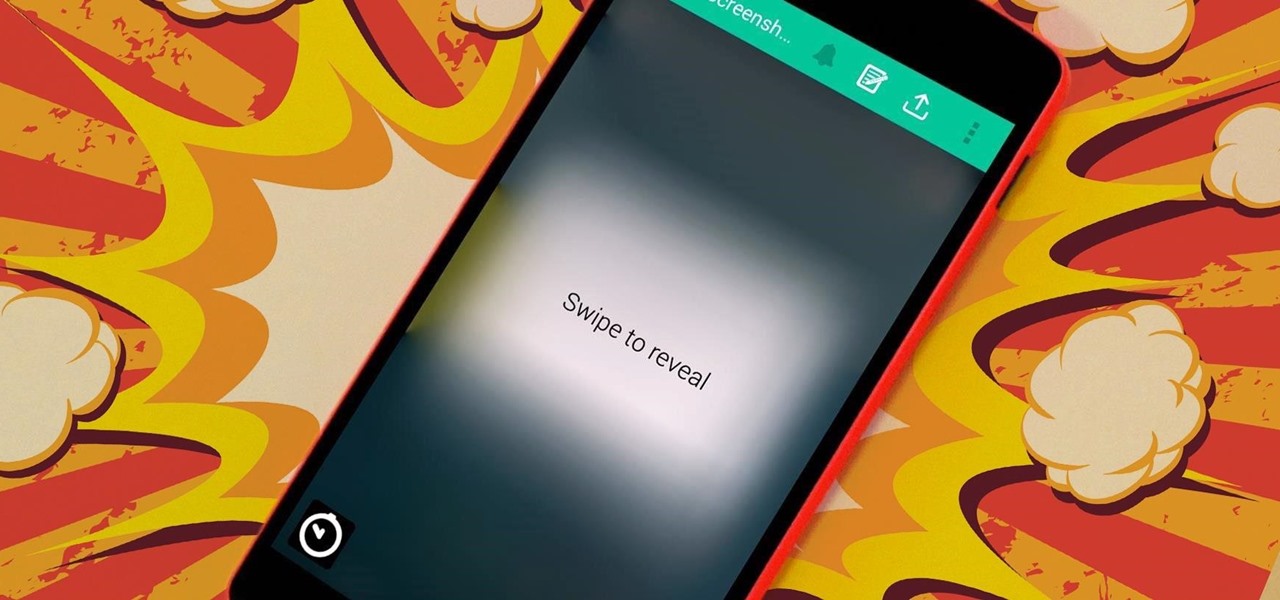










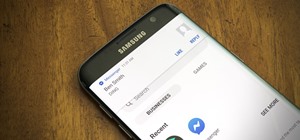

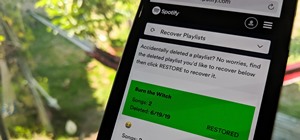

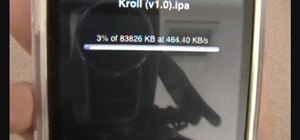






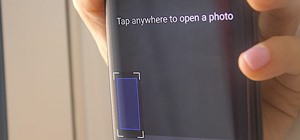

Be the First to Comment
Share Your Thoughts